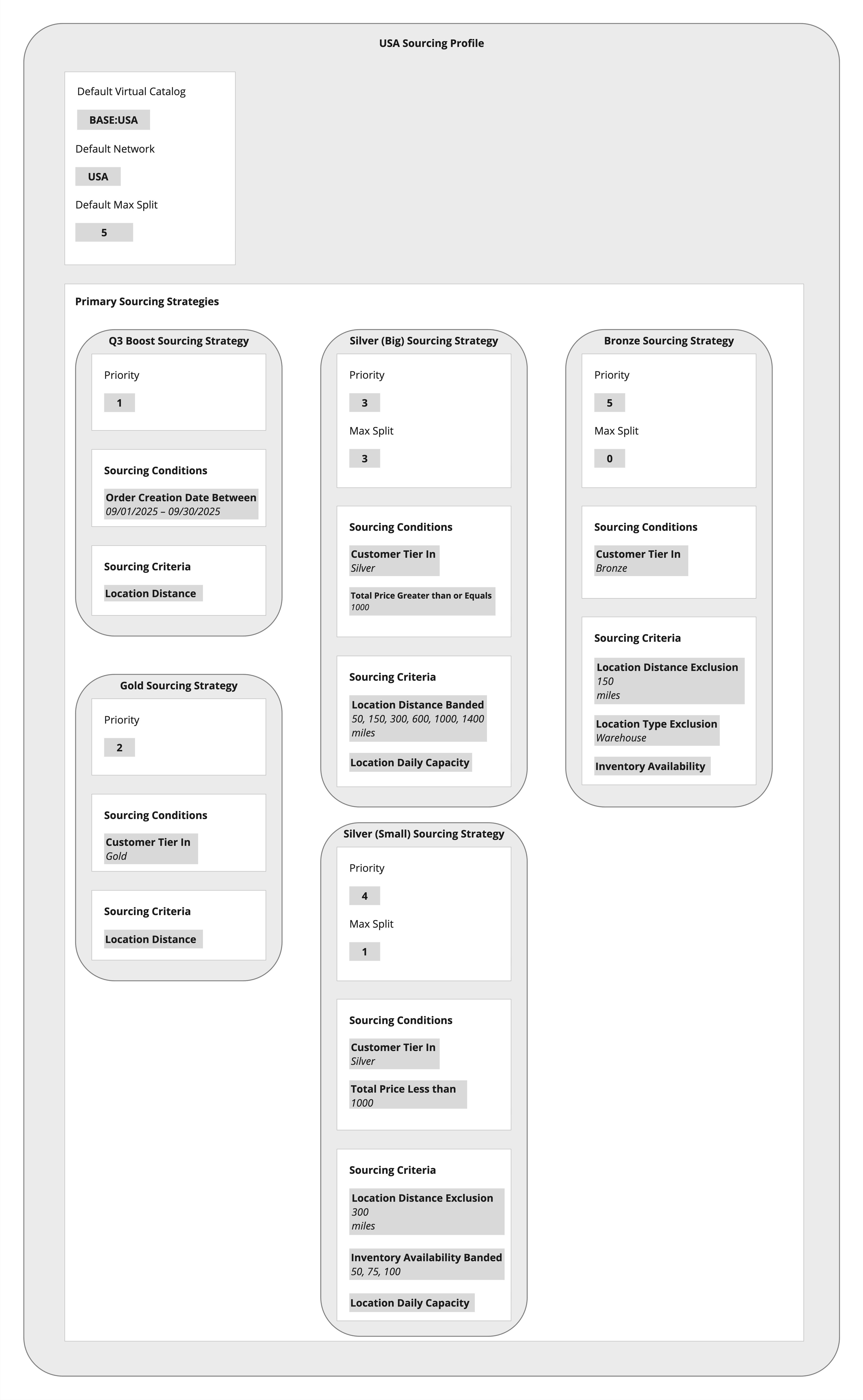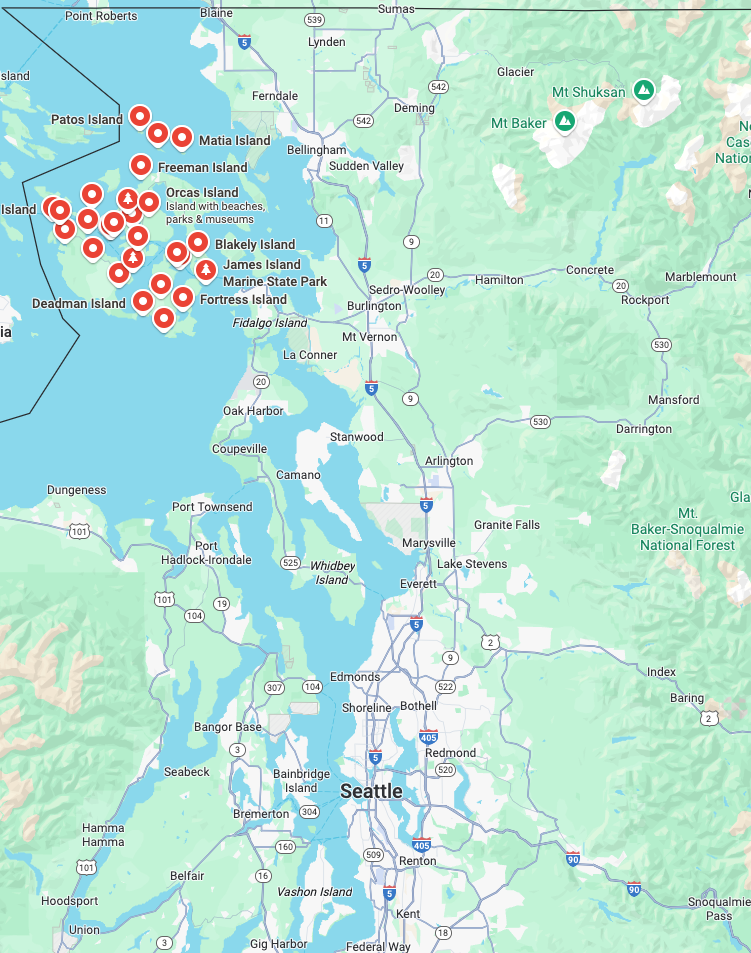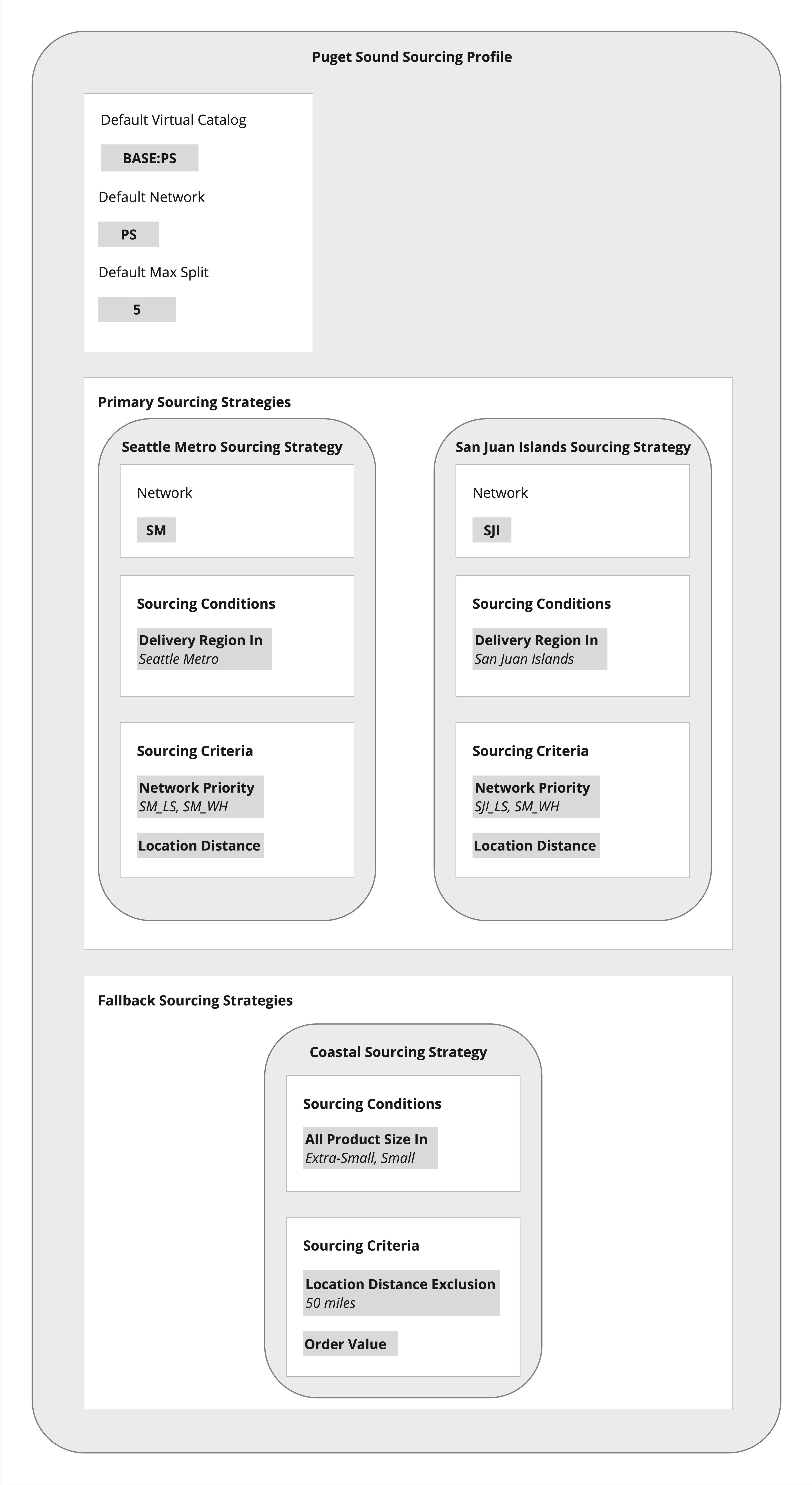Order Module 2.0.0 - Responsive Sourcing Framework in Action
Author:
Kirill Gaiduk
Changed on:
29 Sept 2025
| Target release date: | 2025-09-29 |
|---|---|
| Release status: | Released |
Description
Order Module 2.0.0 delivers the Responsive Sourcing Framework directly into Order Workflows. The release introduces Sourcing Utilities, new Rules, and updated Workflows that put the new sourcing model into practice.
With these capabilities, you can configure Sourcing Profile(s) and apply them across all Workflows. Sourcing Conditions and Criteria are reusable, Rules return Sourcing Strategies in clear priority order, and Workflows handle real-world scenarios. The outcome is a sourcing process that is:
- configurable to your business needs
- flexible enough to adapt to new scenarios
- extensible for customer-specific logic (without the overhead of complex custom development)
The updated Workflows are upto 4x faster than before, reducing sourcing process latency by as much as 75%. Even in complex fallback scenarios, the Framework consistently outperforms previous Workflows.
📖 For configuration details, see the:
Changelog
Utilities
`util-sourcing` package introduced, with:
- Sourcing Orchestration (
`SourcingUtils`): Orchestrates the sourcing process and provides helper methods to load a Sourcing Profile - Context Management (
`SourcingContextUtils`): Loads and manages Sourcing Context - Order Helper (
`OrderUtils`): Performs order-specific operations such as fulfillment creation - Location-Based Optimization (
`LocationUtils`): Provides location-based helpers including distance calculations and caching - Sourcing Conditions and Criteria Management: Provides functions, registration, and execution logic for tailoring Sourcing Strategies to the specific needs of customers
Rules
New Sourcing Rules have been provided:
`CreateFulfilmentWithSourcingProfile`for full fulfillment when a Primary Sourcing Strategy qualifies`CreatePartialFulfilmentWithSourcingProfile`applies Fallback Strategy for partial coverage`CreateRejectedFulfilment`records unfulfillable items
Workflows
- Reference Workflows now use Responsive Sourcing building blocks (Profiles, Strategies, Conditions, and Criteria) instead of hardcoded orchestration
- Removed complex chains for location resolution, distance checks, inventory searches, and split validations
- Flows are now shorter, clearer, and easier to maintain and extend
Packages
| Released capability depth: | New capability |
|---|---|
| Release bundle / Capability type: | Module, Tool |
Use cases
Setting Up Country-Specific Sourcing Logic
Problem
European fulfillment spans multiple countries with distinct regulations, market dynamics, and logistical considerations. To ensure efficient, compliant, and cost-effective order fulfillment, the sourcing system must account for country-specific restrictions, operational priorities, and geographic constraints.
Key constraints to address include:
- Country-specific supply networks: Each country operates its own network of local stores and warehouses, and sourcing must prioritize inventory availability within the correct national network before considering cross-border fulfillment.
- Regulatory restrictions: Certain products cannot be imported across borders due to legal or safety regulations.
- Operational priorities: Different regions may use different sourcing criteria, such as distance thresholds, capacity limits, or network prioritization.
- Geographic delivery limitations: Some sourcing routes are excluded if the delivery location exceeds a defined distance.
Why It Matters
Without country-aware sourcing logic, businesses risk violating regulations, incurring excessive cross-border shipping costs, and introducing unnecessary delivery delays. Implementing country-specific rules ensures compliance, reduces transportation expenses, and improves fulfillment speed and reliability.
Example
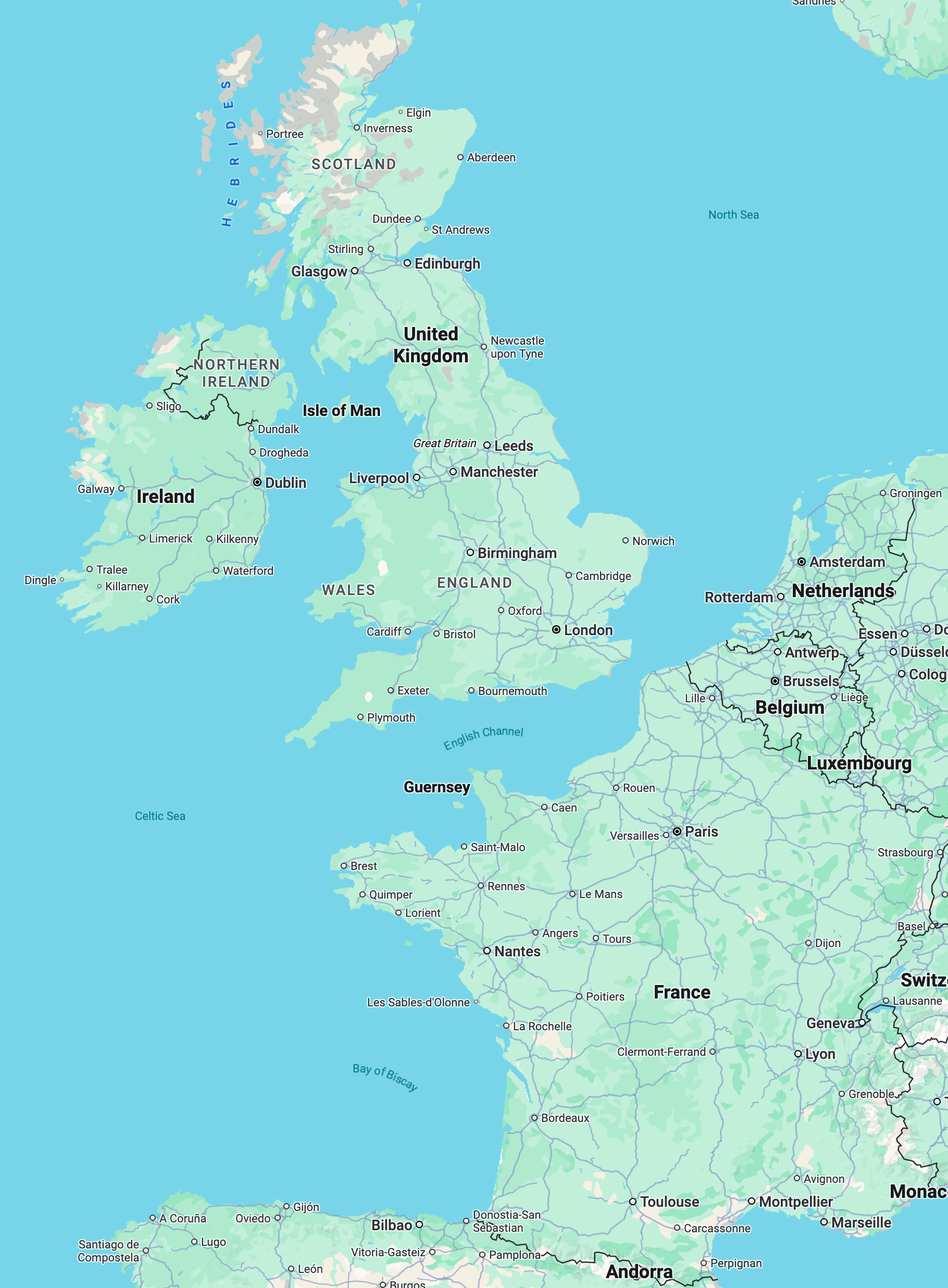
A retailer operates in United Kingdom, Belgium, and France, with each country’s local stores and warehouses grouped into their respective networks:
`UK_LS`and`UK_WH`for United Kingdom`BEL_LS`and`BEL_WH`for Belgium`FRA_LS`and`FRA_WH`for France
Sourcing priority
General
- Priority is given to local stores within the regional network of the same country
- The next choice is local stores within the regional network of a neighboring country
- The last choice is any available warehouses
United Kingdom
- If the order contains any Jewellery category items, source exclusively from U.K. networks (
`UK_LS`,`UK_WH`) to comply with import restrictions - Apply tiered distance bands to prioritize closer fulfillment points first, reducing transit times and shipping costs while maintaining service-level agreements (SLAs)
- Respect daily maximum order capacity to prevent operational overload, maintain consistent service quality, and avoid delays during peak demand periods
Belgium
- Prioritize fulfillment from Belgian local stores (
`BEL_LS`) first, then from France (`FRA_LS`) if needed - Apply distance-based prioritization to ensure efficient cross-border delivery only when necessary
France
- Prioritize French local stores (
`FRA_LS`), then source from Belgium (`BEL_LS`) if domestic stock is insufficient - Apply distance exclusion to meet delivery expectations, avoid excessive transit times, and maintain service quality.
- Ensure that the sourcing logic always considers real-time inventory levels to minimize partial shipments, backorders, or cancellations caused by stock shortages
Solution
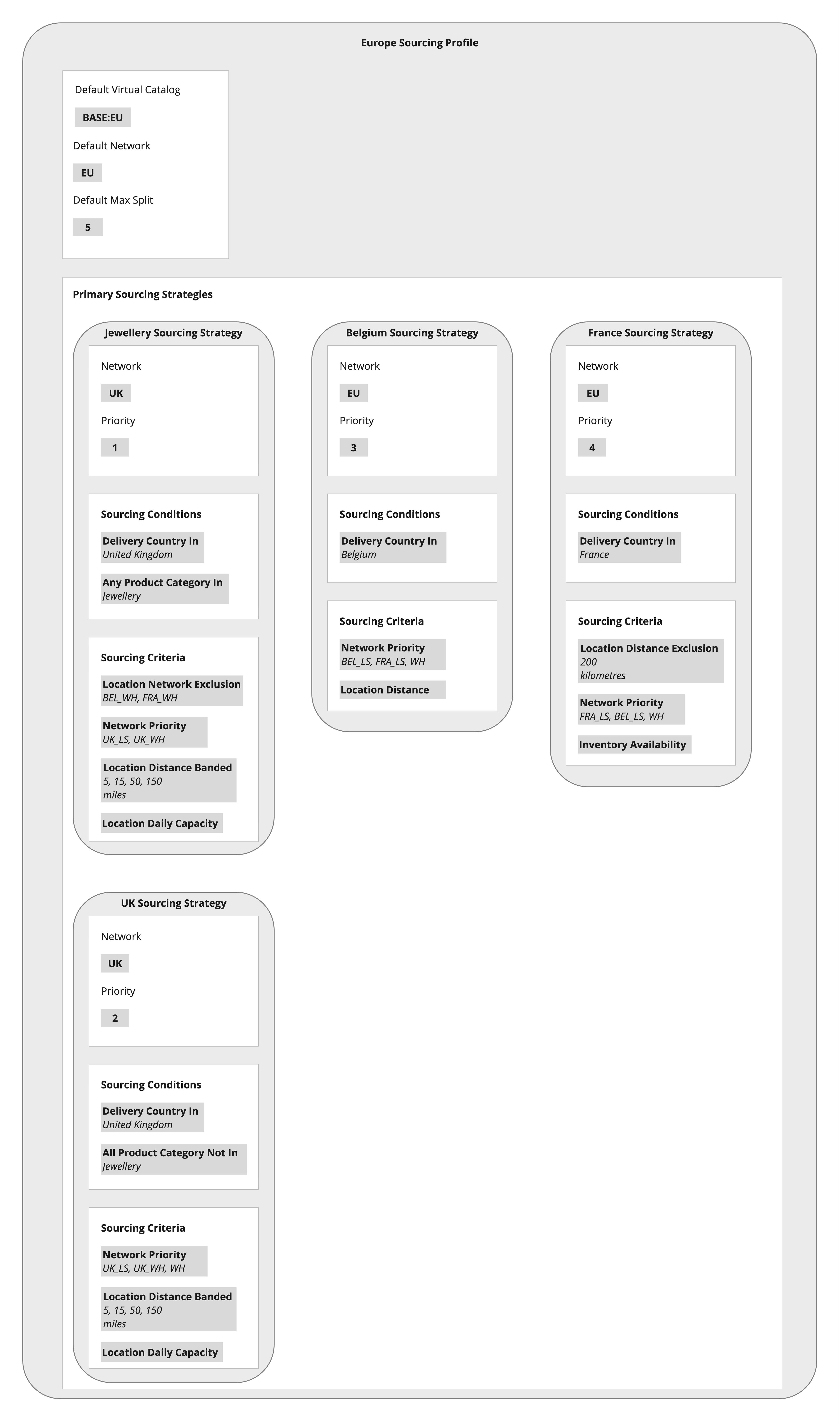
Setting Up Customer-Specific Sourcing Logic
Problem
Customer segments have different service-level expectations, order patterns, and purchasing behaviors. To meet these needs while ensuring operational efficiency, the sourcing system must apply dynamic rules that adapt fulfillment strategies based on customer tier, order value, or campaign timing.
Key constraints to address include:
- Tier-specific service priorities: Higher-tier customers (e.g., Gold, Silver) may receive faster fulfillment or have access to additional inventory sources compared to lower-tier customers (e.g., Bronze).
- Order value segmentation: Large and small orders within the same customer tier may require different sourcing logic to optimize costs and service levels.
- Promotional or seasonal priorities: Certain sourcing rules may apply only during specific periods (e.g., monthly-based campaigns).
- Distance limitations: Even for high-priority customers, fulfillment must respect distance thresholds to maintain service quality.
Why It Matters
Dynamic sourcing logic provides an opportunity to incentivize loyalty and repeat business. Prioritizing fulfillment by Customer Tier rewards loyalty with an enhanced service promise, and ensure that fulfillment resources are allocated where they have the greatest impact.
Improve service-level compliance, customer satisfaction and operational performance, with just a few clicks.
Example

A retailer in the United States organizes sourcing logic around customer tiers: Gold, Silver, and Bronze. Each tier has defined priorities, distance rules, and capacity limits, with special handling for high- and low-value orders within the Silver tier.
Sourcing priority
- Priority is determined first by promotional eligibility, then by customer tier, and finally by specific order characteristics such as order monetary value
- Higher-tier customers have access to more varied fulfillment sources
- Sourcing respects distance-based prioritization, Location Daily Capacity rating, and real-time inventory levels
Solution
